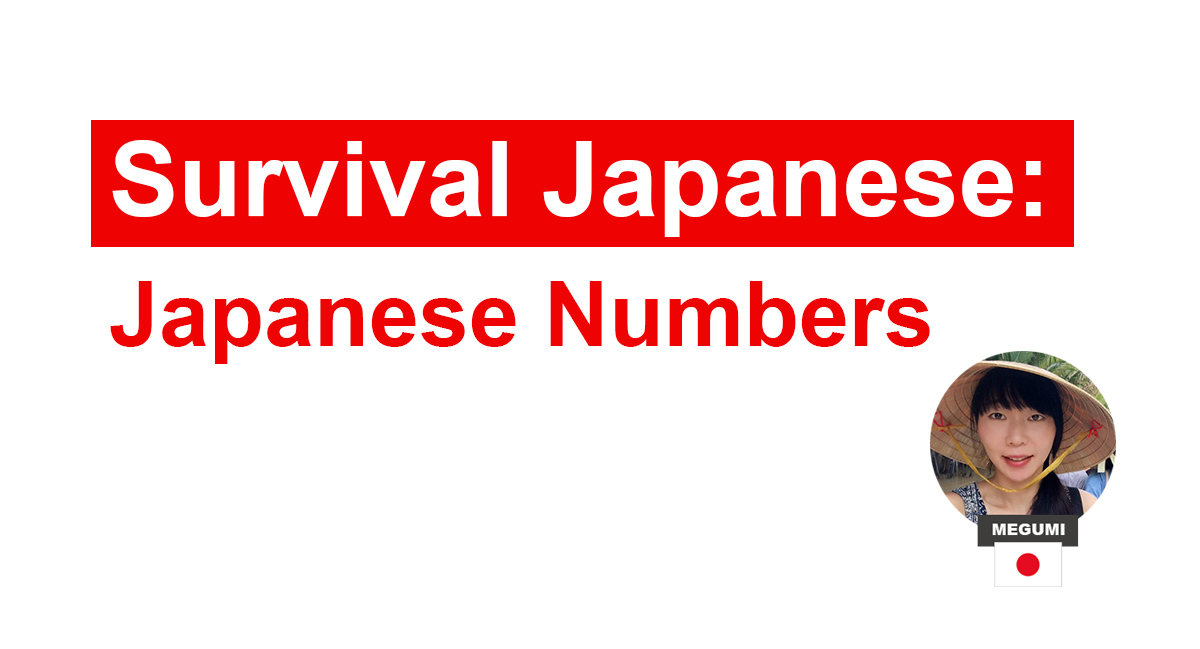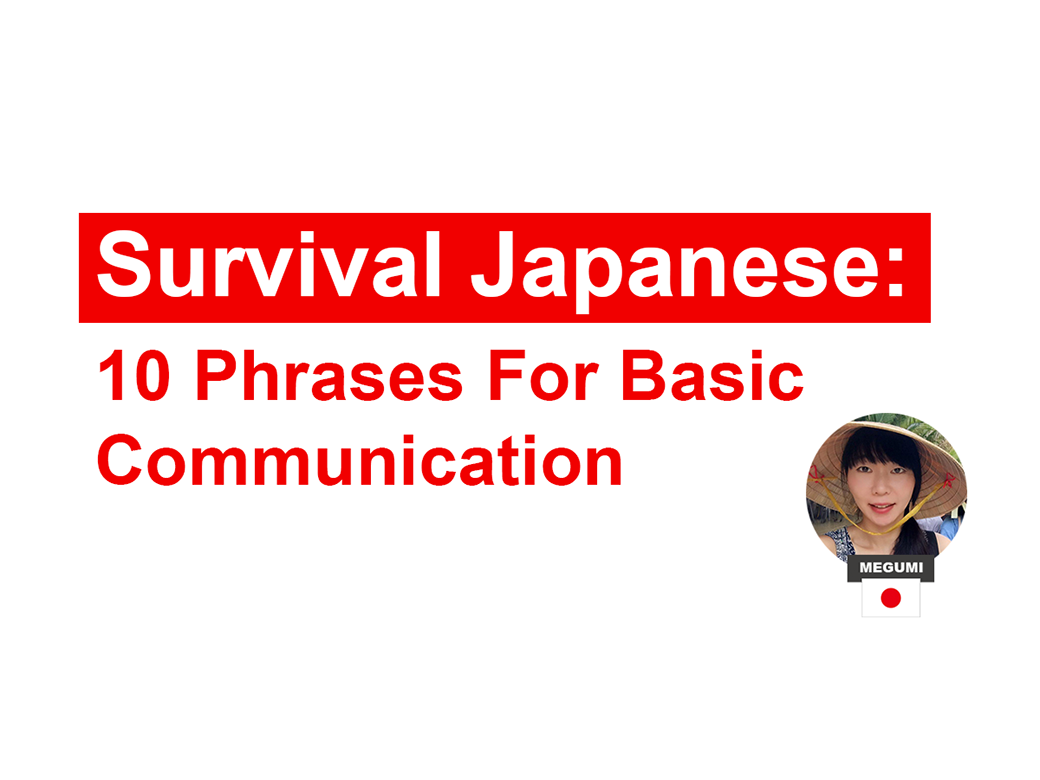Last Updated on October 2, 2020 by eattalktraveljapan
If you’re planning to visit Japan, you need to know some basic Japanese restaurant phrases to try the best foods.
While basic Japanese phrases are a great start, they’re not going to be enough for communicating in a restaurant. Even if there’s an English menu, the process of communicating a basic food order can be a challenge.
These Japanese restaurant phrases and tips will help you
Rather than just list some different words, we will take you through the experience of eating in a restaurant so you have some context on what to expect.
We will divide the experience into five phases to break down the process, from entering to eating and paying the check.If something confuses you during the process, you can check back to a see what confused you.
Hopefully, this will make it easier to remember. Even if you don’t remember it all you will at least have a general idea what’s happening.
Phase 1: Common phrases when entering a restaurant
When you first enter a restaurant, Japanese staff will say Irashaimase! (いらっしゃいませ)
It took Josh a while to get used this because you hear it a lot!
Every staff member tries to say it each customer. So, you’ll hear this over and over again from every direction: Irashaimase! Irashaimase! Irashaimase!
If you’re not prepared for it, it can be overwhelming. You walk in and people are enthusiastically yelling this unfamiliar word from every direction. Every time a new person enters behind you, it’s the same thing: Irashaimase!
But, don’t worry. It’s just the staff welcoming you to the restaurant. It simply means welcome, hello, or good morning/evening. Even though everyone who works for the restaurant will probably say this to you, feel free to just give a smile. You don’t have to bow or say Konnichiwa to every single waiter and staff member. 😉
Phase 2: Common Japanese restaurant phrases when being seated
Next, the waiter will ask, “Nanmeisama-desu ka?”(何名様ですか?)which means “How many people are you?” If you are alone, say “Hitori” (ひとり, if there are two people, “Futari”(ふたり), three people, say “San-nin”(さんにん), four “Yo-nin”(よにん)、and five is “Go-nin”(ごにん).
In Japan, there are still some restaurants where you can smoke. If the waiter asks you Otabako-Suimasuka? (おタバコ吸いますか?) it means “Do you smoke?” He may also say, “Kitsuen Kinen no gokibou ha arimasu ka?” (喫煙・禁煙のご希望はありますか?)This means “Do you prefer smoking or non-smoking?”
If you prefer a non-smoking table, you can say “Kinenseki-Onegaisimasu”(禁煙席お願いします。), and for a smoking table, say “Kitsuenseki-Onegaisimasu” (喫煙席お願いします。).
The waiter will lead you to the table, bring water or tea, wet towel, and a menu. Then the waiter will say Gotyumon ga okimarini-narimasitara Oyobi kudasai. (ご注文がお決まりになりましたらお呼びください。)Don’t worry if you can’t catch all the waiter says. It means “Let us know when you ready to order.”
If you need an English menu, ask “Eigo-no-menu-arimasuka?” to the waiter.
Phase 3: Common phrases when ordering
When you ready to order, you can get the waiter’s attention in a few different ways.
If there’s a button, just push it to call the waiter. If not, raise your hand and say “Sumimasen.” If it’s a fancy restaurant just make eye contact or raise your hand.
After the waiter takes your order, they will say “Shoshou-Omachi kudasai” which means “Certainly, give us time, please”
Then, the dish comes, and they say, “Omatase-shimashita” (お待たせしました), which means “Thank you for waiting.”
After you finish dinner, call the waiter and say “Okaikei-Onegaishimasu.” (お会計お願いします)”Check, please.”
Phase 4: Japanese restaurant phrases when paying the bill
The waiter brings the bill and you pay at the table or go to the register (It depends on the restaurant).
If there’s a cash register, hand your bill to the cashier and they will add it up and tell you the total. There will be a small dish or tray next to the register. Just place your cash or credit card on the dish, rather than handing it directly to the cashier. The cashier will say the total and your method of payment out loud to verify. For example, if you put down one-thousand-yen in cash, they will say one-thousand to verify the amount. Just nod or say, “Hai,” to verify that it’s correct.
Usually, they say thank you more than two times. First, after you pay they say Arigatou-gozaimasu. (ありがとうございます。)and when you leave the restaurant Arigatou-gozaimashita.(ありがとうございました。)Arigatou-gozaimasu is present, Arigatou-gozaimashita is past tense.
Before you leave, you should say, “Gochiso-sama deshita” (thank you for the meal).
Just like when you enter, many different staff members will thank you. You’ll hear “Arrigatou-gozaimashita” from every direction as you leave.
Phase 5: Smiling (hopefully)
Japanese can be an intimidating language the first time you encounter it. But, while you may not master it right away, basic communication is possible.
Learning a few basic Japanese restaurant phrases can make a huge difference because much of what you hear is location specific. For example, “Irashaimase” is a basic welcome that you will hear over and over again. Without knowing what it is you’ll be confused a lot, wondering what to say or do. But, once you know it’s just a basic welcome that staff says everywhere, you quickly get used to it.
Hopefully, this basic introduction will give you a basic understanding of what’s going around you.
More lessons coming soon 🙂


